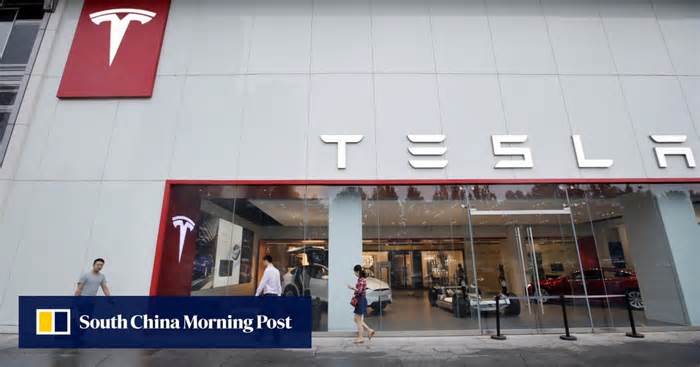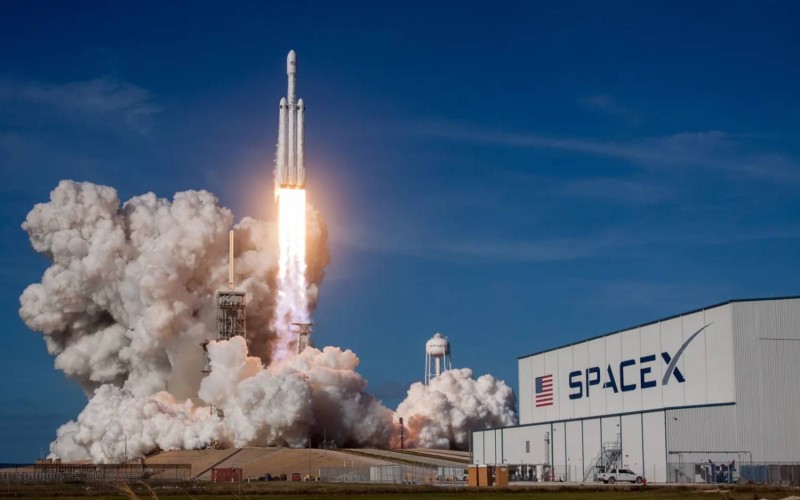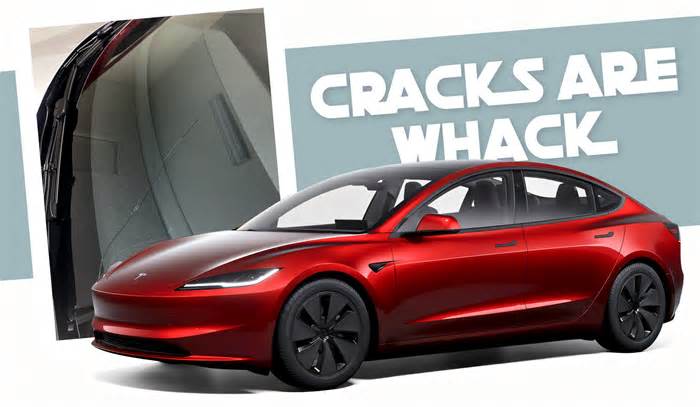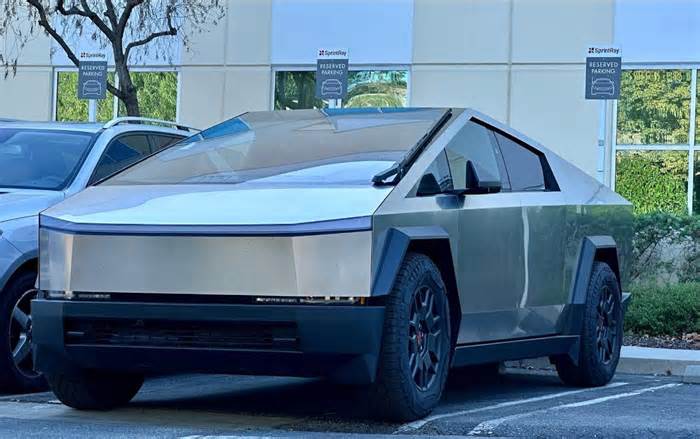
Ex-Google exec attracts financial backers for LEO megaconstellation
- by SpaceNews
- Nov 08, 2024
- 0 Comments
- 0 Likes Flag 0 Of 5
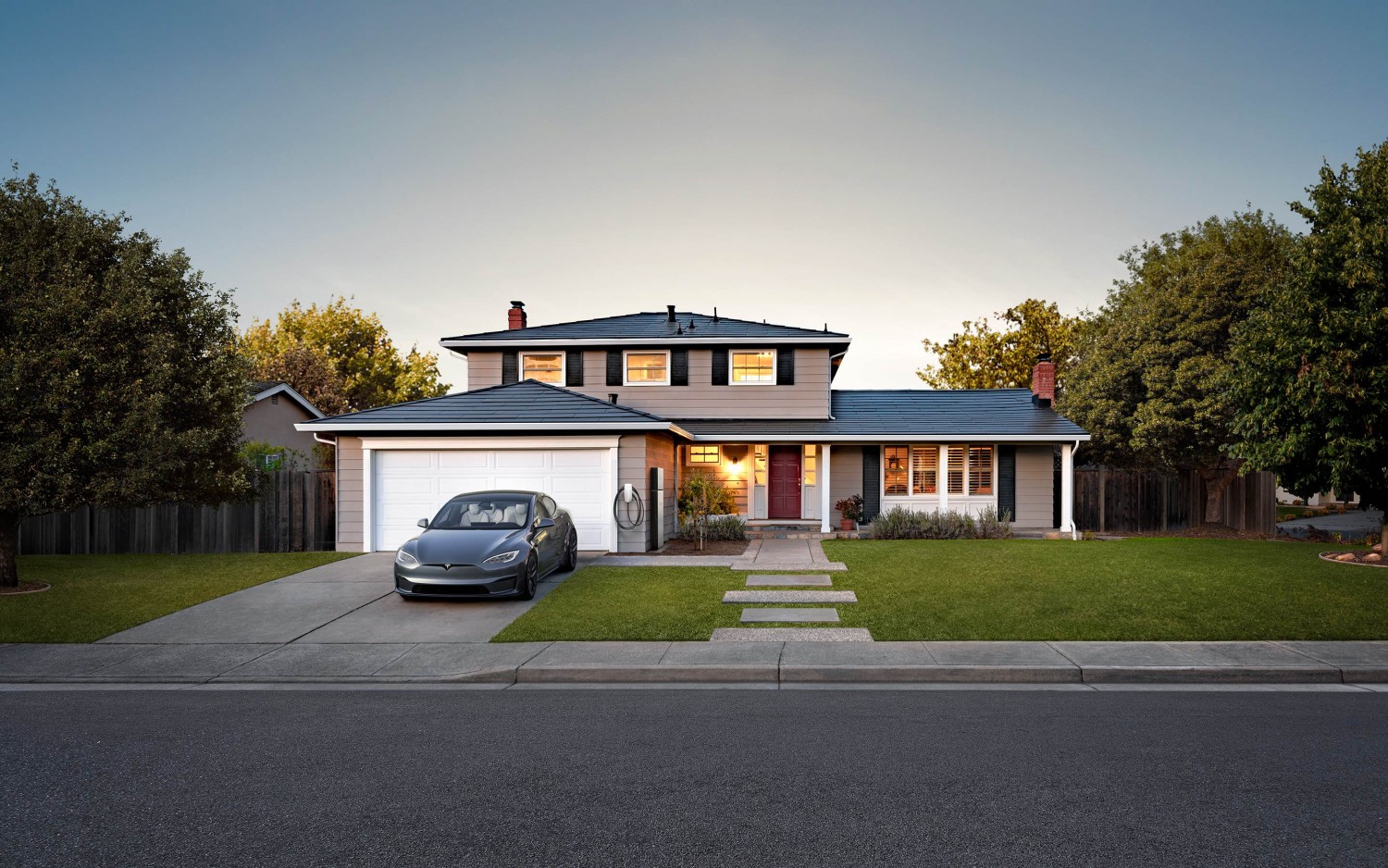
Starlink uses Ku-band to connect to user terminals and also has permission to use extremely high frequencies to improve broadband services.
“To share spectrum efficiently, spatial diversity is very important,” Medin said.
“Regardless of spectrum priority, we need to build resilience into the system to deal with jamming, which we believe will be commonplace in the not-too-distant future.
“That is why we are fans of using higher frequency spectrum and narrow beams in this type of environment. We simultaneously improve our ability to survive interference from other systems, protect current systems from interference, and avoid intentional interference from jammers and electronic warfare.”
He said the startup spent its first year verifying that its technical approach works for the spectrum bands it is applying for, including extensive conversations with U.S. government agencies.
“Now that the application process has kicked off, we are beginning to scale up hiring and start detailed engineering design,” he added.
“We are going through design trades, buy-vs-build trades, partner selection and design, development, integration, and test milestone planning.”
Joining the fray
Logos sees soaring demand for more satellite bandwidth in general, especially for fiber-like speed ranges that can supplement and back up terrestrial connectivity.
“As someone who has built a ton of terrestrial consumer broadband infrastructure in my career, I can tell you it’s difficult to build one transport system that simultaneously meets enterprise needs and also supports viable consumer service price points,” Medin said.
“This is even harder in satellite systems where it’s difficult to support highly varying capacity needs across large geographies.”
Although numerous rival ventures chasing this opportunity have been inundating the FCC, Medin said many that have applied for licenses to operate in non-geostationary orbit (NGSO) will ultimately never be built amid sizable funding and technical challenges.
Likewise, he said many retiring geostationary satellites will not be replaced after exceeding their operational lifetimes, and their traffic will shift over to NSGO systems that can deliver more capacity with low latency.
This creates more demand for NSGO capacity, he added, especially for the enterprise applications many geostationary services currently serve.
While numerous competitors have filed for licenses to operate in non-geostationary orbit (NGSO), many of these ventures face significant hurdles—ranging from funding challenges to technical feasibility—that could ultimately prevent them from coming to frution.
Related
Please first to comment
Related Post
Stay Connected
Tweets by elonmuskTo get the latest tweets please make sure you are logged in on X on this browser.
Sponsored
Popular Post
tesla Model 3 Owner Nearly Stung With $1,700 Bill For Windshield Crack After Delivery
33 ViewsDec 28 ,2024
Middle-Aged Dentist Bought a Tesla Cybertruck, Now He Gets All the Attention He Wanted
32 ViewsNov 23 ,2024






 Energy
Energy




